Following National Funding Cuts, ‘July Was Pure Hell’ for Abortion Funds
Huge investments in abortion funding held off the worst-case post-Dobbs scenario for two years. National Abortion Federation and Planned Parenthood cuts have unleashed a new crisis.
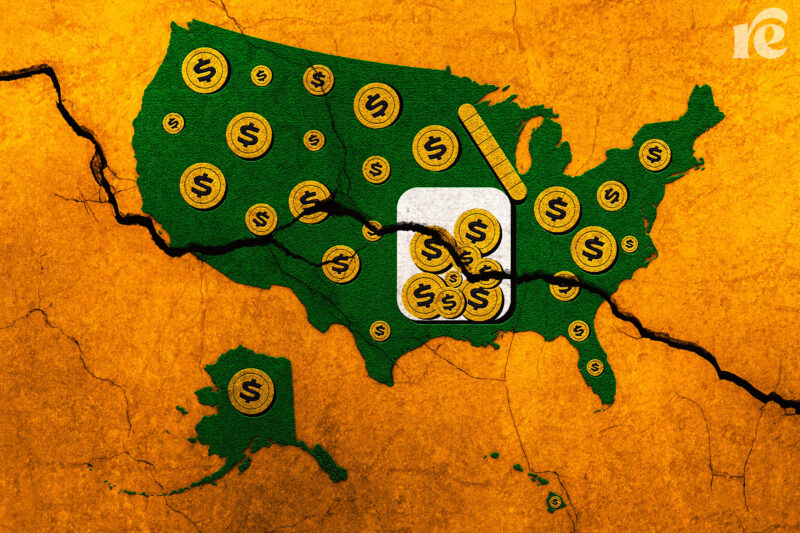
Update: This article was updated with a quote from DuPont Clinic.
On July 23, DC Abortion Fund made a public emergency funding appeal.
“We have a DC caller with an appointment this week and a $14,000 funding gap,” the organization said on X. “We are calling on this community to dig deep and help close this gap!”
DC Abortion Fund (DCAF) is among the country’s largest independent abortion funds. Emergency asks are “not something we like to do, because I think it creates panic,” said Alisha Dingus, DCAF’s development director. In other words, if DCAF is out of money, it spells trouble for all.
But the fund’s leaders felt they had no choice. As of July 1, the National Abortion Federation (NAF)—which operates the largest national financial assistance program for abortion patients in the United States—has made significant cuts to the amount of aid it offers per person, changes the organization said were necessary to extend its funds through the end of the year. This comes alongside cuts from Planned Parenthood Federation of America (PPFA), which also provides financial assistance for many of its patients in collaboration with NAF and through other internal programs.
“We have generous funding,” NAF CEO and President Brittany Fonteno told Rewire News Group. “It’s also not limitless funding, unfortunately, and because of the significant increase in patient need, it has just really depleted the funds much faster in 2024 than in previous years.”
In the first two years after the fall of Roe v. Wade, improbably—almost impossibly—hundreds of thousands of people who live in states where abortion is now illegal have gotten abortions anyway. But, according to available spending data, RNG estimates that supporting them cost well over $100 million.
Previously, the Justice Fund, a shared NAF and PPFA program, covered up to 50 percent of the cost of an abortion for qualifying callers. Now, that ceiling is 30 percent.
But the independent abortion fund leaders and providers from across the country who have been left to navigate this shortfall told RNG that these numbers don’t convey the full extent of the cuts. Discretionary funds that used to cover well over 50 percent of some patients’ costs are also gone, and each NAF member clinic now has a monthly cap on assistance, which sometimes results in patients receiving even less than 30 percent.
These changes were announced with only a few weeks’ notice.
“July was hell,” said Macy Haverda, president of the Wild West Access Fund of Nevada (WWAF). “I don’t have any other way of putting it. July was pure hell.”
‘What are we going to do?’
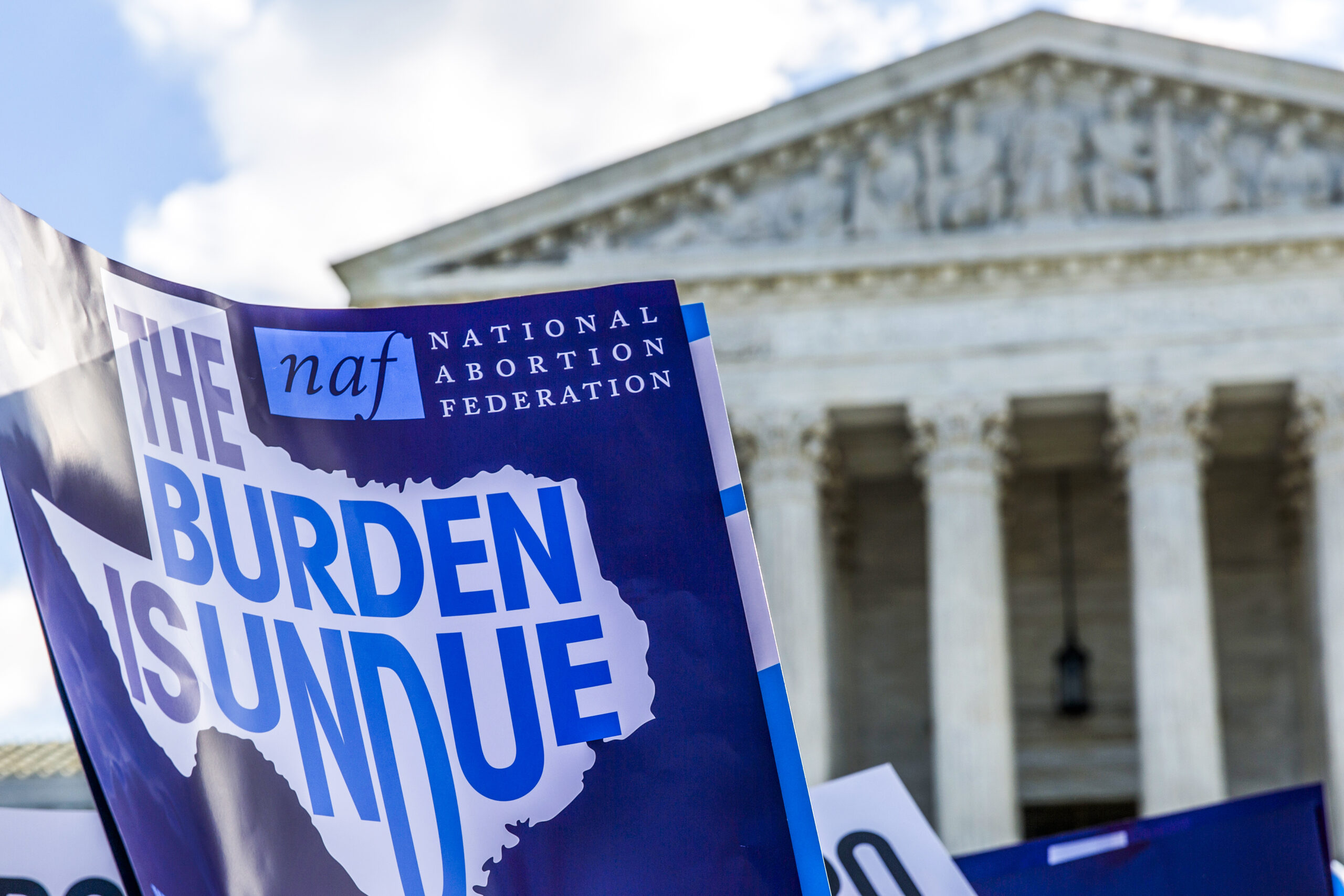
With the biggest and best-funded national organizations in the space now saying they can no longer sustain the level of assistance they were providing, the abortion access movement is staring down a cliff, confronting the real possibility that large numbers of people could now be unable to obtain abortions altogether.
This change and—in the eyes of many grassroots groups—its inexcusably last-minute nature, have prompted what many say should be a reckoning in the reproductive rights and justice movements about who controls the purse strings and priorities.
According to financial records, the NAF Hotline Fund—the nonprofit through which NAF manages its financial assistance—disbursed more than $52 million in grants and direct assistance in 2022, the year Roe was overturned.
Local abortion funds, nearly half of which remain all-volunteer operations, still rely heavily on small-dollar donations, as opposed to NAF’s institutional support. Nevertheless, abortion funds moved mountains: In the first year following Dobbs v. Jackson Women’s Health Organization, the National Network of Abortion Funds reported that its member funds collectively distributed nearly $37 million.
Still, NAF is the single biggest player in the abortion funding game. And changes to its funding structure sent everyone else in the space scrambling.
NAF first warned its members—mostly abortion clinics, and a handful of independent abortion funds—that an adjustment was coming to its financial assistance for procedures in late May. Another email detailing the cut to 30 percent arrived on June 6, according to several sources who received the email.
However, recipients told Rewire News Group that the initial email did not make clear that each member clinic would also be operating with a monthly cap on NAF assistance. That detail, one abortion provider said, was only shared explicitly in meetings held on June 18 and 20. This left only about a week and a half before cuts went into effect on July 1.
And because so few independent abortion funds are NAF members, most heard the news secondhand, via group chats or from partner organizations.
“My phone, oh my God,” said Megan Jeyifo, executive director of Chicago Abortion Fund (CAF), another of the country’s largest independent abortion funds. “All the clinicians started calling me, like, ‘What are we going to do?’”
A flood of demand
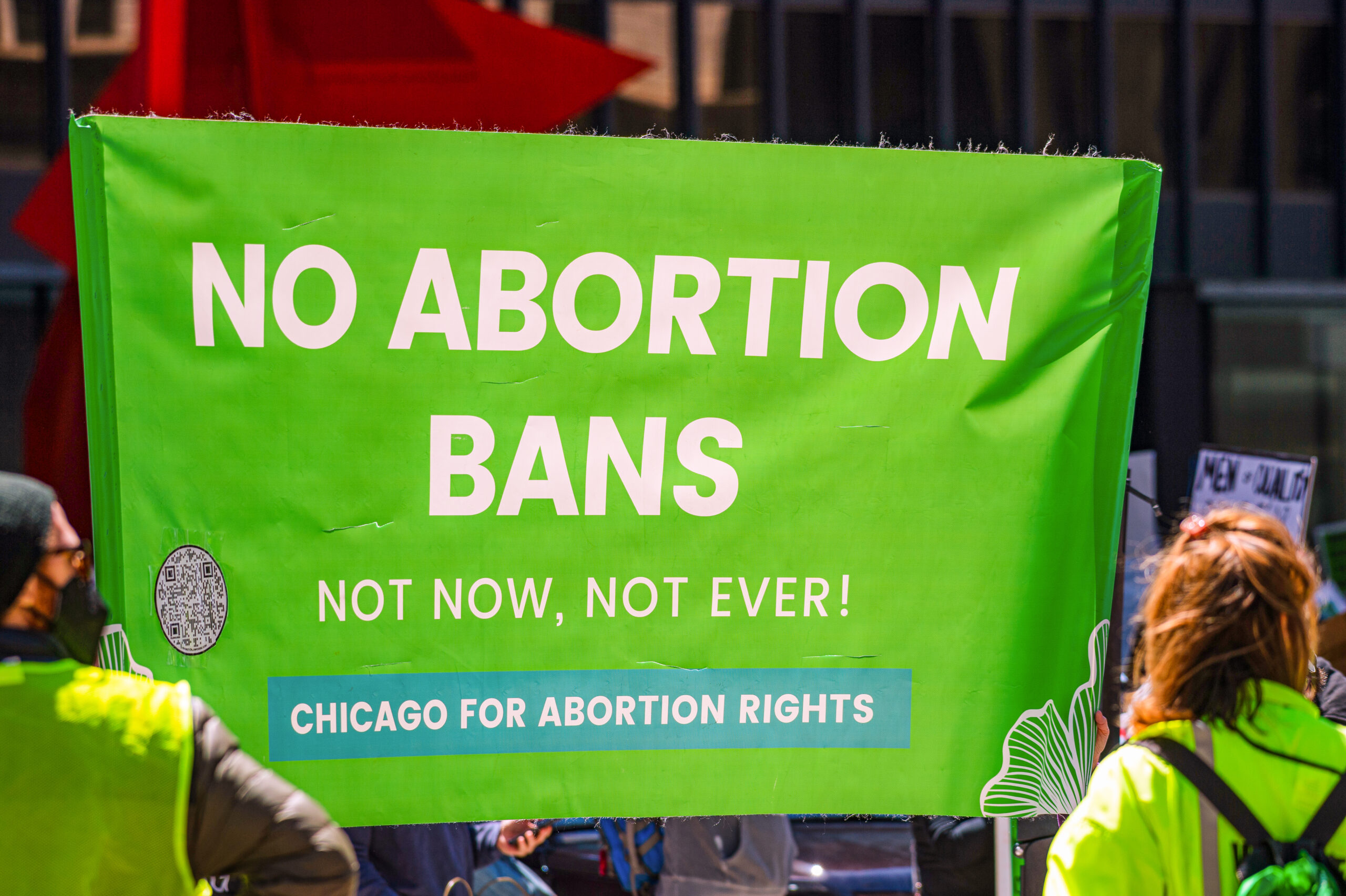
CAF normally hears from about 1,000 callers per month, Jeyifo said. This July, its call volume jumped to 1,700 per month. In an attempt to ease the process, CAF made a block grant to Illinois’ largest independent abortion clinic, Family Planning Associates, rather than funding patients individually. In May, CAF disbursed about $20,000 in individual procedure funding to FPA. A July block grant of $80,000 didn’t last the month.
Abortion funds across the country saw a similarly unmanageable increase in need.
Florida’s Tampa Bay Abortion Fund pledged more than $100,000 in July alone, according to board member and volunteer Kris Lawler. That’s double what it spent in previous months, even after Florida’s six-week ban went into effect in May.
Baltimore Abortion Fund also made an emergency appeal in July, writing on X that it would need $25,000 to help 30 clients close funding gaps.
WWAF’s payments to clinics in July were 24 percent higher than in June, Haverda said, and 61 percent higher than in April, a more typical month.
Multiple abortion funds said they had clients who arrived at clinics and were told that, despite what NAF’s hotline promised, less assistance was available to them due to the caps. Two funds said they had callers who rescheduled end-of-month appointments in July for August in the hopes of being able to receive the full 30 percent assistance.
The changes have forced many funds to make their own shifts. DCAF, which had previously funded clinics as far away as West Virginia, limited its service area to the Washington, D.C. metro area. The fund now has a weekly budget for clients traveling from outside D.C., Dingus said. Every week since implementing this system, DCAF has reached this weekly limit by Tuesday. For now, DCAF will still go over its budget to help D.C. residents.
Chicago Abortion Fund, too, was a “fund of last resort” for many who had been turned away elsewhere, Jeyifo said. It had previously funded people seeking care in clinics as far away as Kansas, but has had to suspend this practice.
Colorado’s Cobalt Abortion Fund also announced new capacity limits last month. Cobalt’s director, Melisa Hidalgo-Cuellar, said it spent more in on procedural funding in July than in any previous month. South Carolina’s Palmetto State Abortion Fund Executive Director Ashlyn Preaux said they implemented a $300 cap on local procedures, and added that the NAF clinic caps make booking appointments “unmanageable.”
I Need an A told RNG that Blue Ridge Abortion Fund, Carolina Abortion Fund, Florida Access Network, Indigenous Women Rising, Richmond Reproductive Freedom Project, and Utah Abortion Fund also reported closures or funding reductions in July.
Some of these funds are turning people away for the first time since Dobbs. Others are still aiming to avoid that.
Destini Spaeth, chair of the Prairie Abortion Fund, said she understands why some funds are setting new limits.
“But for us, if we have any money in the bank, that’s going to abortion seekers,” she said. “Nobody is not gonna have an abortion because we didn’t contribute.”
One caller traveling from Georgia to Minnesota for her abortion told Spaeth she had contacted ten other abortion funds. Prairie Abortion Fund, which is based in North Dakota, was the first to respond.
The struggle has deepened into August.
“We hit our monthly budget limit on August 6,” said Erin Bilbray, executive director of another Nevada fund, Silver State Hope Fund. “It has never been even close to this bad.”
Impact on later abortion care and low-income patients
NAF declined to share its funding eligibility criteria with RNG, but multiple fund sources confirmed it’s based on federal poverty levels, meaning NAF assistance goes only to those who need it most. So even before the cuts, local abortion funds were filling in significant gaps for people who didn’t qualify.
“It often feels like we are being backed into a corner because of our values,” Savannah Trebuna, director of Kentucky Health Justice Network’s abortion fund, said. “We are not going to concede to this funding crisis, and I think national organizations take that and weaponize it … because the function, at least, of KHJN is to provide direct services.”
The cuts are especially devastating in areas where funds and clinics were more reliant on additional discretionary support from NAF. For example, Haverda said NAF would fund some second trimester procedures in Nevada up to 80 percent.
Exceptions were especially crucial for later abortion care, which often takes place across multiple days and is inaccessible even in many states where abortion is broadly legal. Both the procedure itself and the incidental costs are more expensive.
“For better or for worse, we were so dependent on NAF exceptions, especially for hospital-based care,” Jeyifo said.
Dingus said that in D.C., NAF often fully funded first trimester abortions, allowing DCAF to focus on funding clients needing later abortions. This was critically important, given that the D.C. area is one of few places in the country where outpatient, all-trimester abortion care is available.
“Now we’re seeing people who aren’t even getting 30 [percent] … $600 [in NAF assistance] on a $15,000 procedure, it’s like nothing.” Dingus said.
Dr. Diane Horvath, co-founder and medical director of the Maryland all-trimester clinic Partners in Abortion Care, agreed.
“One example would be a very young patient, who needed to travel a significant distance and needed significant support. For that patient, we could often find them a higher percentage of the fee,” Horvath said. “Same thing for truly indigent patients, so folks that are unhoused and really have access to no money. We could work with NAF to make sure that they were fully funded or close to fully funded. And that possibility is also gone now.”
Horvath spoke with RNG on August 9. Just that week, she said, Partners discounted almost $15,000 in services for patients.
“That’s a giant chunk of payroll for the month,” Horvath said. “I can’t do that every week. But I did it because people are desperate, and we want to do the right thing.”
She added that since the cuts went into effect several patients have not shown up for their appointments.
“I’ve told our schedulers, please tell people to come with whatever they have,” Horvath said. “Our intent is to see them, even if they don’t have the full fee.”
DuPont Clinic, another D.C. all-trimester clinic, has also taken a significant financial hit.
“Last week, we discounted almost $21,000 in order to move forward with care for patients in the building,” Karishma Oza, the clinic’s director of care coordination, said. “Between July 1 and August 9, 2024, the clinic has already lost over $51,000 in clinic discounts.”
Independent clinics like Partners and DuPont can’t continue on like this for much longer if they want to keep their doors open.
A $20 million funding gap
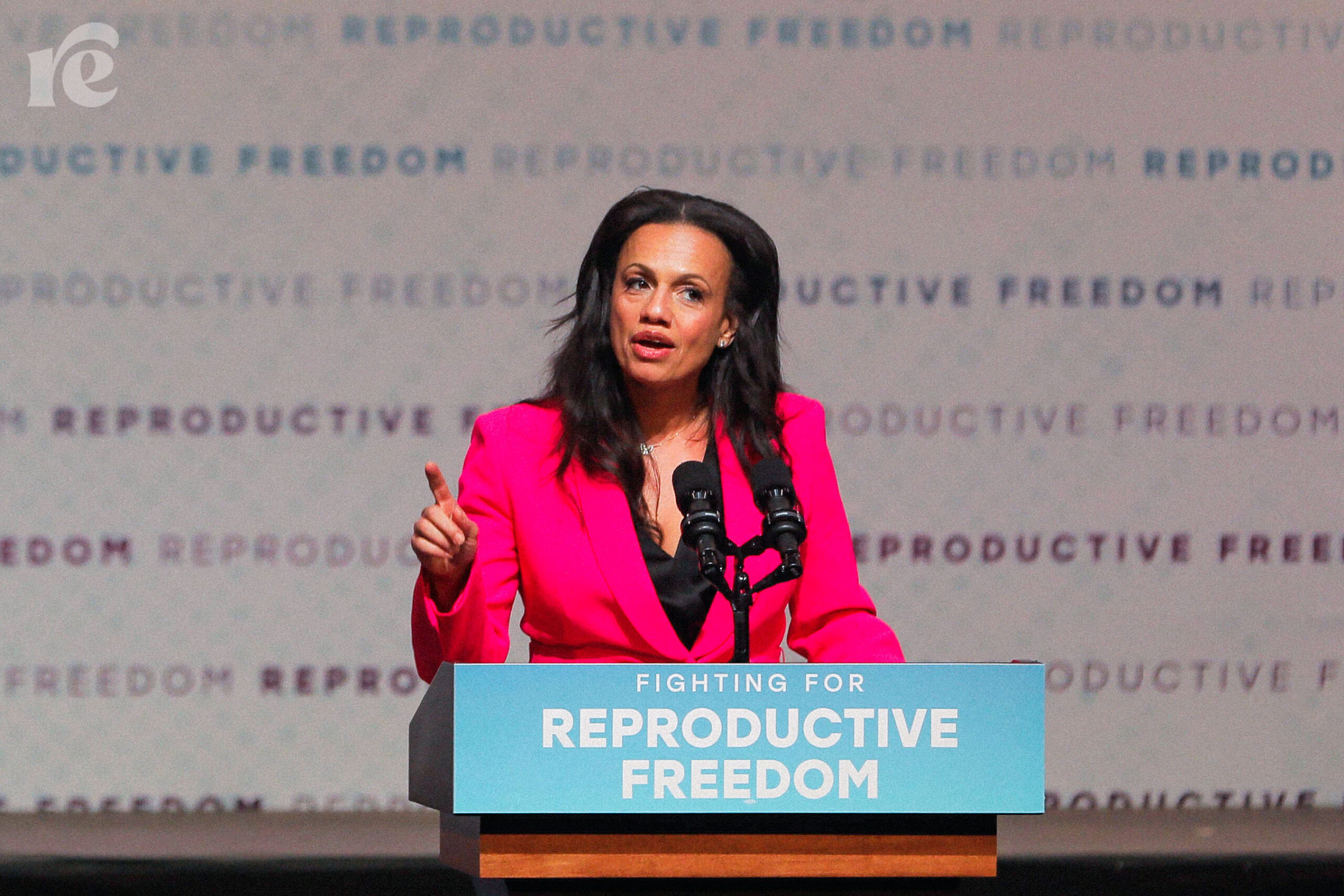
Fonteno told RNG it was a “devastating, heartbreaking decision to decrease the amount of spend per patient in order to stretch our dollars for the rest of the calendar year so that we could try to help as many as possible.”
She emphasized that the per-patient cuts are not the result of a loss of funding or an overall budget reduction, but rather a result of demand outpacing NAF’s current resources. Prior to the changes, NAF was funding $6 million per month in abortion care, Fonteno said. The cuts are intended to reduce that by half.
On June 18, NAF held a fundraising webinar tied to its announcement of the cuts.
“In order to keep funding at our current rate, and to continue to be able to cover up to 50 percent of the procedure cost for eligible patients, we would need an additional 20 million dollars to get us through the end of the year,” Fonteno said in the webinar. She also said NAF would need an additional $1.4 million to help with travel expenses.
Fonteno told RNG that NAF’s contribution to the Justice Fund for 2024 is $55 million, which is “the most generous in the history of the program.”
However, each new abortion ban drives demand. For example, since Florida’s six-week ban went into effect, NAF has seen a 575 percent increase in callers who need to travel out of the state for care.
“In the first quarter of 2024, we assisted 14 percent more people and spent 20 percent more in patient assistance funding in comparison to the same time of 2023,” Fonteno said.
NAF’s hotline receives as many as 500 unique calls in a day, according to its senior director Rachel Lachenauer. An increase in travel cost also drives the spending increase. This is influenced by inflation, but also by the fact that significantly more patients are being forced to travel to large metro areas, which can double the cost.
RNG was not made aware of NAF’s per-clinic caps until after speaking with Fonteno.
“In order to stretch our funds through the end of the year and help as many people as possible, each facility is working within a monthly budget based on their patient volume,” she said in response to a follow-up.
A Planned Parenthood representative said the organization could not share its exact contribution to the Justice Fund, or to patient assistance more generally, “due to our disclosure policy for donations and grants.”
Many abortion fund sources criticized PPFA for being even less transparent than NAF about cuts to some of its other internal programs, which began before the Justice Fund changes were announced. Trouble has been brewing for some time: Last year, RNG reported that PPFA was set to pause one of these programs, the Emergency Access Fund. However, that fund was at least partially reinstated after publication.
“Providing direct patient support to help connect people to care is needed, but cannot solve the failures of our health-care system and political landscape,” Danika Severino Wynn, vice president of care and access at PPFA, said in a statement to RNG.
$100M policy campaign—without grassroots abortion funds
Adding insult to injury for many abortion funds was the announcement of the Abortion Access Now (AAN) campaign, which came in late June, on the second Dobbs anniversary, as funds and clinics were scrambling to prepare for the funding cuts.
AAN is a ten-year, $100 million policy campaign from major reproductive rights groups. At the time of the campaign’s announcement, NAF was not part of the coalition but has since joined “as a steering committee member, in a solely advisory capacity to share the voice and perspective of independent abortion providers,” according to a spokesperson.
But no local abortion funds have ever been part of the coalition. Even the National Network of Abortion Funds, the national organization whose membership includes most, though not all local funds, was never approached.
“We found out when everyone else found out about it,” NNAF Executive Director Oriaku Njoku said. “I cannot imagine doing any work around abortion access without including the people who actually make abortion accessible in that conversation.”
“The idea that they didn’t engage funds beforehand … it just, frankly, shows what they think of us,” Jeyifo said.
Trebuna agreed.
“I really feel like the meetings were a way for them to say, ‘Well, we tried. Those abortion funds, they’re always upset about something,’” she said. Trebuna, along with several other abortion fund leaders who spoke with RNG for this story, co-authored an op-ed on this subject published in the Nation.
A group of later abortion providers, patient advocates, and reproductive justice organizers also released the Abortion Justice Now policy memo, urging national organizations to advocate for more expansive abortion protections than they have in the past.
“As Abortion Access Now, our focus is driving a federal policy strategy for abortion access. Our mission is distinct, but complementary to the urgent and necessary work of grassroots abortion funds … We are committed to using our positioning to advocate with funders for more commitment to the work of abortion funds and beyond,” AAN’s executive committee said in a statement to RNG.
Fund leaders say: Invest local
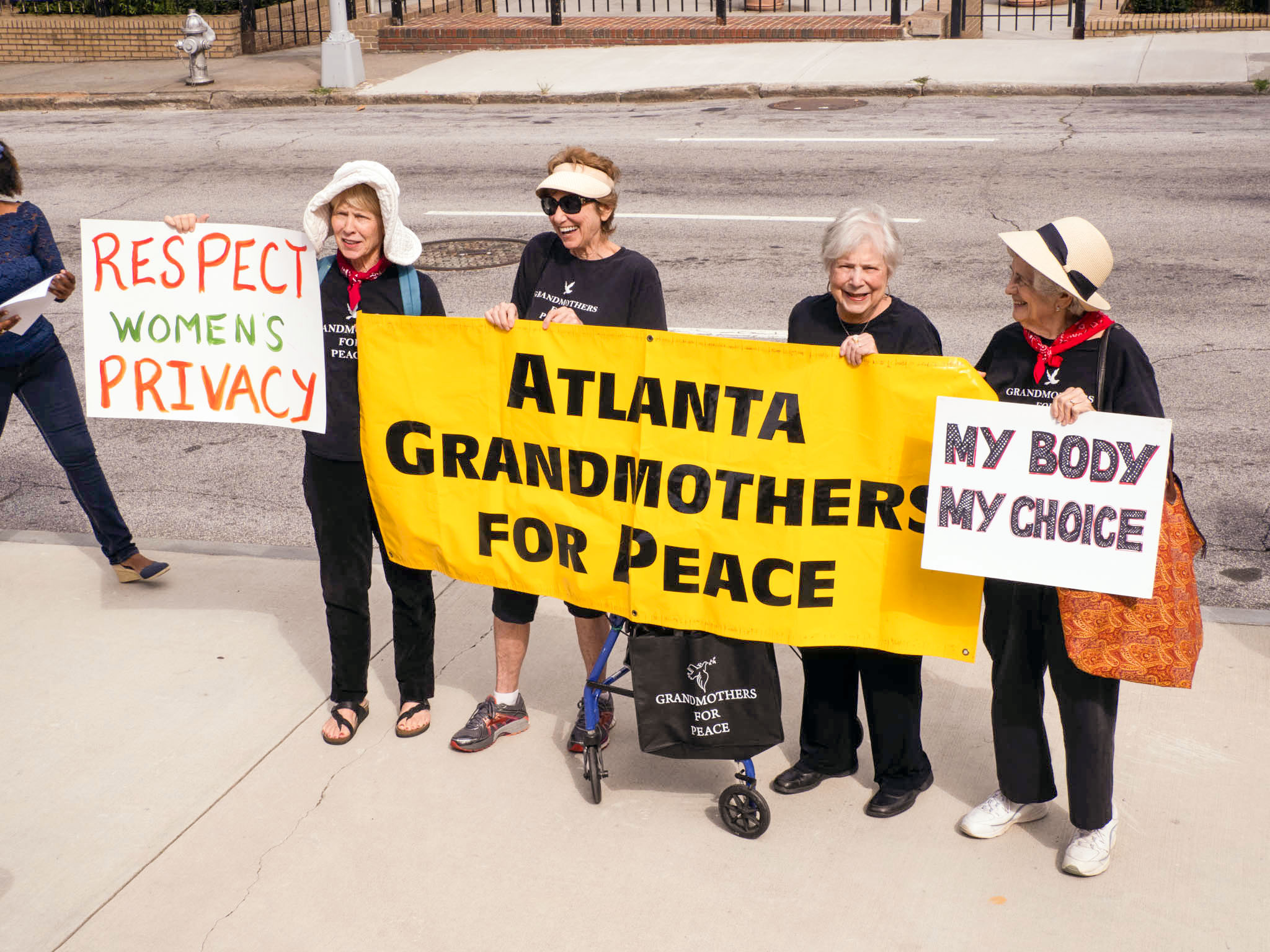
NAF is actively fundraising to restore its previous financial assistance capacity. But abortion fund leaders said they’d rather see that money reinvested in their own organizations. The abruptness of the cuts, many of them said, is proof that national organizations aren’t the best stewards of their substantial funds.
Abortion funds do the same work as national assistance programs better, and with fewer resources, fund leaders argued. For example, many expressed frustration with NAF’s travel assistance program, which scaled up rapidly post-Dobbs. It has often created logistical problems that have to be solved by abortion funds with greater knowledge of their local areas, they said. And Planned Parenthood affiliates have long been known to refer patients only to other affiliates, even when an independent clinic would be closer or have an appointment available sooner.
Even NNAF does not escape scrutiny from its own members, who say that the organization could be distributing more money to its member funds.
This moment “has called us to really reexamine the ways that we are able to move money,” Njoku said. “What that looks like is still in discussion because everything just feels so uncertain.”
Abortion funds had hoped to see a major shift in philanthropy post-Dobbs, but that hasn’t come to fruition.
“Even when we had the increase in donations, it was still mostly small-dollar grassroots donations,” Dingus said. “We didn’t see big philanthropy come to abortion funds and say, what can we do to make this process easier for abortion seekers?”
That’s what needs to happen next, fund leaders said.
“Either we push these national organizations towards change, or we push them out of the way,” Spaeth said.
Correction: This article incorrectly stated the number of calls Chicago Abortion Fund receive. The fund hears from about 1,000 callers a month.

